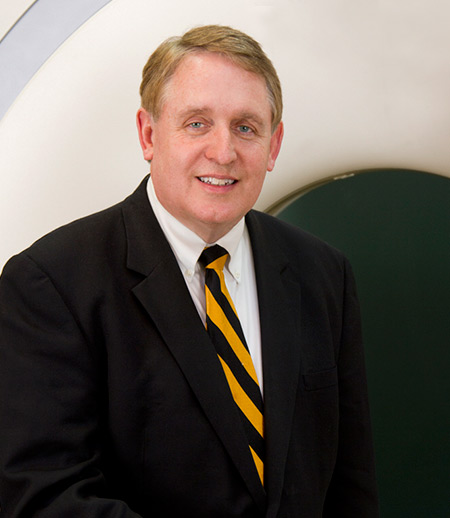Aug. 9, 2016
 In June, I had the opportunity to attend the United Kingdom Radiological Congress, in Liverpool, England, as an ASRT Foundation International Speakers Exchange Award recipient. I was chosen to present the research results of a study I helped conduct that focused on human factors engineering in regard to process issues. The experience helped me realize how universal the profession is, regardless of geographical borders.
In June, I had the opportunity to attend the United Kingdom Radiological Congress, in Liverpool, England, as an ASRT Foundation International Speakers Exchange Award recipient. I was chosen to present the research results of a study I helped conduct that focused on human factors engineering in regard to process issues. The experience helped me realize how universal the profession is, regardless of geographical borders.
The research I presented — from Engineering a Continuous Quality Improvement Program in a Radiation Oncology Department: A Journey Towards High Reliability, Validity and Safety Mindfulness — is personally and professionally significant. When I first became an R.T., in 1980, each time an error occurred the culture was to identify the person who did it and terminate his or her employment or use humiliation as a “teaching method” so the R.T. didn’t make the same mistake again. This was just how things were done back then, and the problem was, these methods didn’t address the root cause of the issue.
As many of us know, sometimes when an error occurs, the person who is blamed for it simply might have been in the wrong place at the wrong time. The real cause of the error can be found earlier in the process. My study focused on the fundamental issues that might be caused by the process itself and how to identify and adjust various parts of the process to avoid potential errors.
I was pleasantly surprised when Una Findlay, director of public health for radiation in the United Kingdom, who spoke before me, talked about the exact issue I had studied, sharing what the U.K. has done to identify process errors. Her talk was a big-picture presentation. Almost like fate, I was able to share with the audience some of the tools we developed to help prevent those same events. Our presentations fit perfectly together. It was amazing to realize that two people, from two different countries, operating in different health care structures, could develop presentations that were so linked together. It showed me that, as a profession, we face similar issues around the world.
As a community, we tend to look internally for answers to questions that arise. Presenting data and information to an international audience showed me that we need to be better at flattening out the global profession. Providing a new viewpoint from a different country and different health care model can be the fresh perspective needed to address an issue. It was rewarding to see members of the audience nodding in agreement during my presentation. Having the opportunity to provide them with new tools and resources to address issues they were experiencing was a once-in-a-lifetime occasion.
After I spoke, I was able to meet and talk with a lot of the other conference attendees, which I think is a vital part of this Foundation program. It’s important to learn about what is happening in the profession in other parts of the world and what my international colleagues are seeing and experiencing. I returned home with three new potential research collaborations that were the result of some deep discussions I had that led to research ideas being proposed. I don’t think this would have been possible without those face-to-face conversations.
The Foundation offers the perfect platform to flatten out the profession through the International Speakers Exchange Award program. This is a great opportunity for medical imaging and radiation therapy professionals to network with their international colleagues and make sure that knowledge and experience are shared around the globe. Awardees have the chance to be a part of making sure that information is not confined by borders but shared with everyone in the profession.
I encourage anyone who is interested in being a part of creating a global R.T. community to apply for an International Speakers Exchange Award through the Foundation. Applications for next year’s speakers must be submitted by Oct. 1, 2016. Visit the program's web page for next year’s conference dates and to apply.